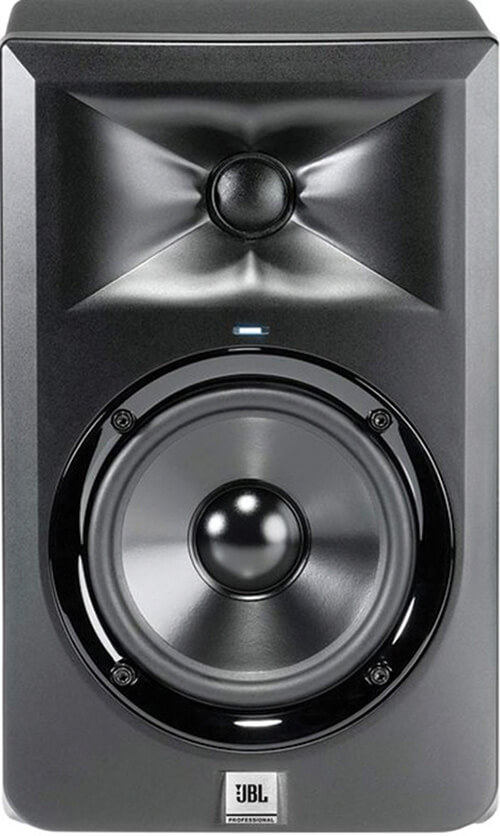

In effect, then, this applies a form of frequency‑selective transient shaping, by modifying the spectral content during the note’s decay.įor use in melodic recordings or loops, the side‑chain EQ can be used to target the sounds you wish to keep, with Spike again helping to target transients. This has the effect of applying EQ to the signal during its decay to minimise the subjective effect of spill. De‑bleed is applied after the gate threshold and time constants have been set, and it works on the same threshold as the gate. Poltergate's De-bleed controls.To attenuate spill that is in a different frequency range from the drum sound being gated - for example, cymbals bleeding onto a kick or tom track - the De‑bleeder section includes high‑ and low‑pass filtering, each with a choice of de‑bleed Mode (soft, medium or heavy) and Release time. An external side‑chain is also available, opening up a lot of creative possibilities, especially when used with the Flip button, which reverses the action of the gate so you only hear what’s normally gated out.


The side‑chain EQ curve is also visible here, in a more subdued colour. The Flip button reverses the action of the gate so you only hear what’s normally gated out.Ī waveform envelope display in the upper part of the screen features thresholds and shaded grey areas to show the effect of the processing. All the controls are available on four tabs: Side‑Chain, Curve (amount), Dynamics and De‑bleed, which are used to access the various sections. Lookahead of up to 10 milliseconds is available. This is often necessary to avoid unwanted ‘chattering’ or multiple triggering. Controls for Attack, Hold and Release allow the gated drum sound’s envelope to be shaped in a fairly conventional way, while Floor sets the maximum amount of attenuation applied when the gate is closed, and Return sets the gate‑off threshold, effectively adding hysteresis by making the gate close level lower than the gate open level.


 0 kommentar(er)
0 kommentar(er)
